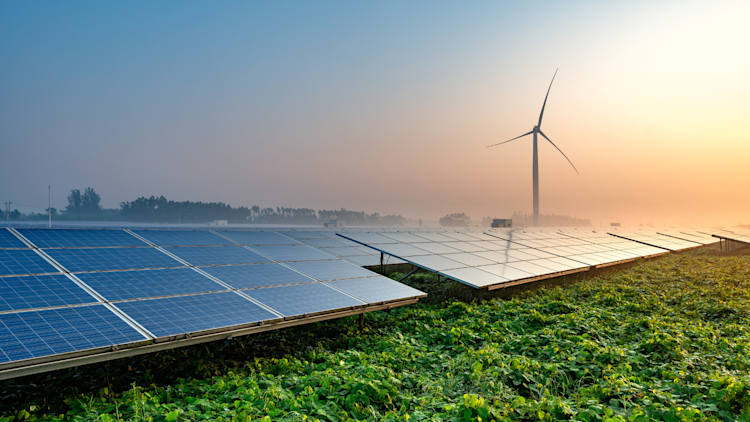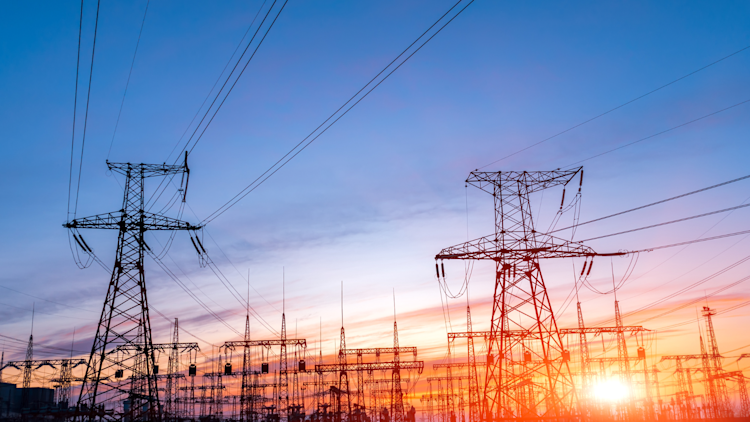Top Reasons to Have Hope for the Future in 2023
by ecobee on 01/04/2023 in Better Planet
15 min read
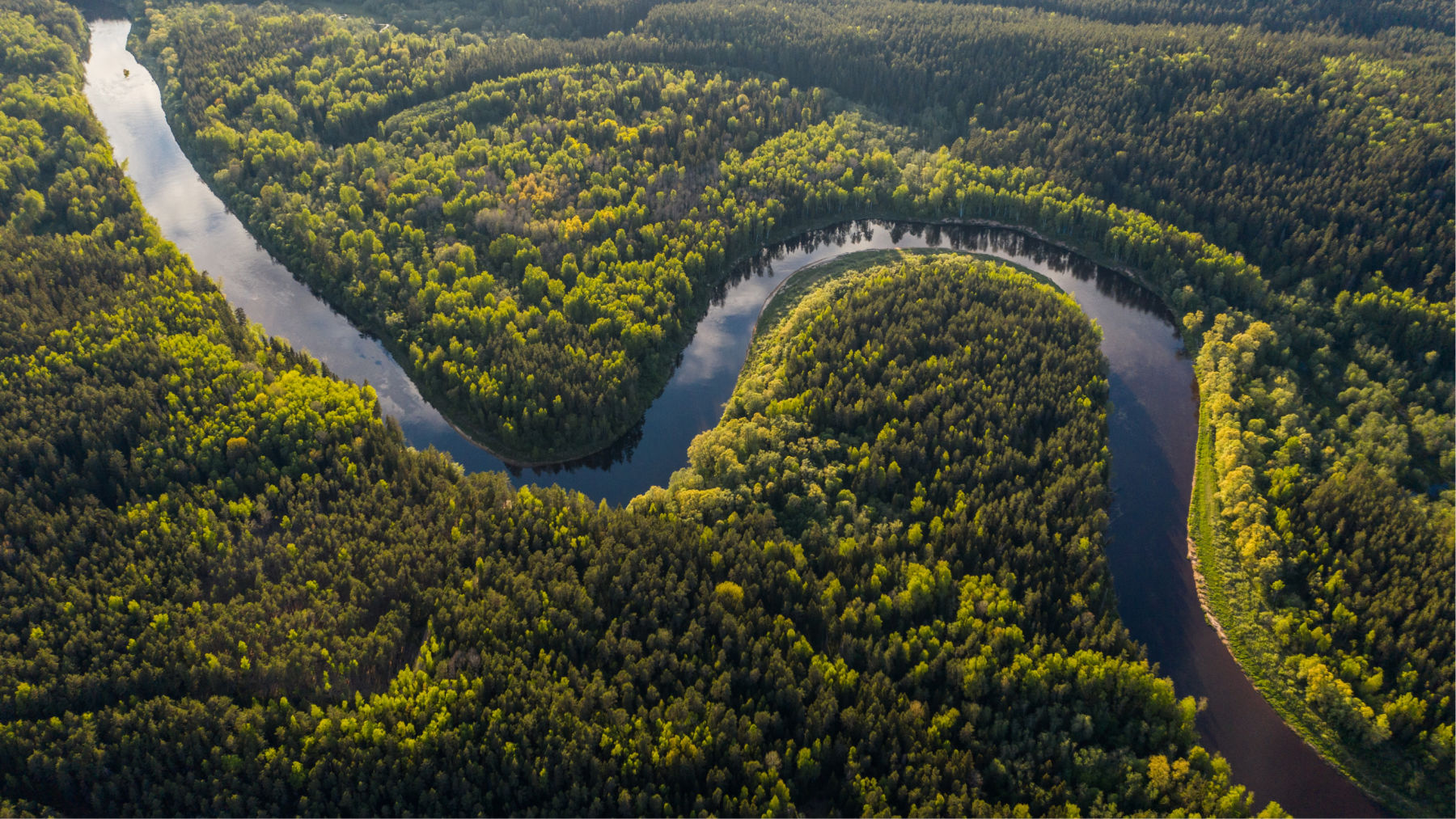
For the third year in a row (2021, 2022), we invite you to look beyond the negative headlines to uncover the top reasons to have hope for a brighter future.
In this edition, we find reasons for optimism in some of the most unlikely places and speak with some of the leading minds from the private and not-for-profit sectors to bring you the latest breakthroughs and events from around the world that are making a difference.
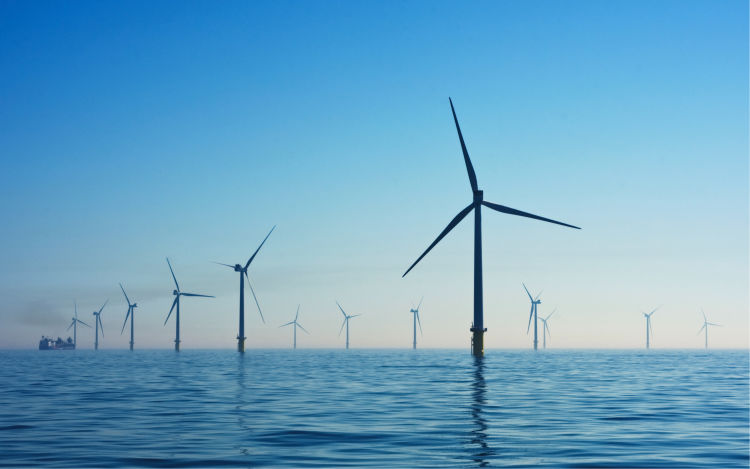
Global energy crisis speeds transition to renewables
For many years, natural gas has been promoted as a “bridge fuel” that will allow society to steadily wean itself off fossil fuels, reducing CO2 emissions—when compared to coal—while we complete the transition to renewable energy sources. This was considered a sound strategy and was adopted by many western nations. And then in February 2022, Russia invaded Ukraine, and everything changed.
Over the last decade, in its bid to reduce CO2 emissions, Western Europe became increasingly dependent on low-cost natural gas from Russia. With Russia’s invasion of Ukraine, natural gas exports from Russia have been severely disrupted, sending shockwaves through global markets as gas prices soared. Russia is no longer a reliable energy supplier, and natural gas as “bridge fuel” is no longer a viable strategy.
It's a truly difficult time for all Europeans. As the war grinds on, there is an ongoing humanitarian crisis in Ukraine, millions of Europeans will need assistance from the government to pay their energy bills this winter, and many energy-intensive businesses have had to temporarily shut down.
The world is expected to add as much renewable power in the next five years as it did in the previous 20.
However, there is perhaps one silver lining in this otherwise dire situation. Because the energy crisis facing Europe and other western nations is now seen as a security issue in addition to a climate issue, many believe these dual crises will accelerate the move to renewable energy sources.
Norm Taffe, president, energy technology at ecobee’s parent company, Generac Power Systems, says “Some people think that [the energy crisis] is going to drive everyone to natural gas, but the reality is I think it’s going to be the opposite. From an energy standpoint, I think there will be some short-term pain for some long-term gain for the planet.”
That accelerating shift is already underway. In December 2022, the International Energy Agency said it revised its five-year renewable growth forecast upwards by 30% to account for the rush to renewables caused by the energy crisis. The world is now expected to add as much renewable power in the next five years as it did in the previous 20. For context, that is equal to China’s entire power sector today.1
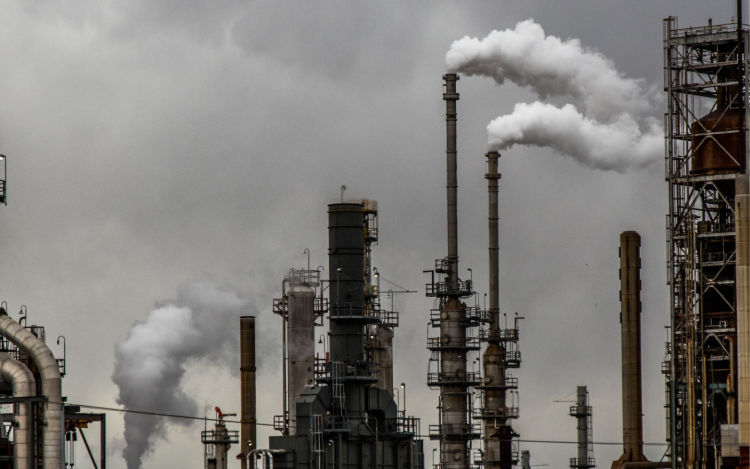
Every tenth of a degree matters
A UN report released in the lead-up to the UN COP27 climate conference in Egypt in November 2022 says global warming caused by humans will cause temperatures to rise by between 2 and 3 degrees Celsius (3.6 to 5.4 degrees Fahrenheit) over pre-industrial levels by 2100.2 That is much higher than the goal of 1.5°C (2.7°F) set by the landmark 2015 Paris Agreement, but it also means we’ve nearly halved expected warming in the past decade. While that is good, it’s not enough.
To cut global CO2 emissions to zero by 2050, which is needed to limit warming to 1.5°C, emissions will need to fall by 1.4 billion tonnes of CO2 annually. For context, that is comparable to the drop in emissions in 2020 due to the pandemic.
“We may not be able to hit the 1.5°C target, but everything we can do will make a difference because every tenth of a degree matters,” said Taffe.
It’s clear that the best path forward is continued, rapid reduction in the use of fossil fuels, while at the same time preparing to adapt to climate change and providing justice to those put most at risk by a rapidly warming planet.
To that end, one of the main achievements of the UN COP27 climate conference was the establishment of a “Loss and Damage Fund.” Following a year in which Pakistan’s flooding was made worse by climate change, the country spearheaded a coalition of 134 developing nations pushing for funds for countries hardest hit by climate change. Establishing the fund was an important first step. The UN Environment Programme says that next steps to be taken in 2023 include deciding which countries should contribute and how the money should be distributed.

A great act to follow
Over the past year, we saw an important climate change bill brought back to life through epic behind-closed-door negotiations.
The resulting legislation, the Inflation Reduction Act (IRA), was signed into law by President Biden on August 16, 2022. It is the most significant U.S. law ever to address climate change. The IRA includes $369 billion in rebates and tax credits to help consumers save on everything from solar panels to energy-efficient appliances to electric vehicles (EVs), renewable electricity, and other energy-saving home improvements.
Experts say the long-term nature of the tax credits and rebates and the huge size of the investment will have a transformative effect on the kinds of cars we buy and the way we power our homes, electrifying the economy and accelerating the energy transformation to renewables.
By not only targeting consumers but the entire economy, the White House says the IRA will translate into the installation of 950 million solar panels, 120,000 wind turbines, and 2,300 grid-scale battery plants, and help cut U.S. greenhouse gas emissions at least in half by 2030.3
The Biden administration has created a website to help you understand which products qualify for the rebates and tax credits and how you can benefit.4

Solar wins in Africa
As we marked the birth of the world’s 8-billionth person in 2022, we must recognize that one-quarter of humanity, 2-billion people, are either without access to electricity or don’t have a reliable source of power. Most of these people rely on kerosene, a toxic and expensive fuel source, to light their homes.
Many with no access to electricity live in Africa, the fastest growing continent on Earth. With climate change in mind, one of the biggest questions facing the planet is—how will Africa be electrified?
Andy Keith is the founder and CEO of Solar Panda, a Canadian company that provides home solar systems to rural African communities without access to electricity. “The good news here is that the cost of off-grid solar has dropped a lot and is now very competitive with kerosene lanterns and with extending the grid to more hard-to-reach areas,” said Keith.
Since its founding in 2016, Solar Panda has grown to serve an estimated one million people over 200,000 households in Kenya. Solar Panda is just one of dozens of off-grid solar providers that are flocking to provide clean, green electricity to underserved African communities.
In the same way much of Africa skipped landlines and traditional banking and went straight to mobile phones and mobile money, Keith says Africans may well bypass a lot of the fossil fuel infrastructure and go straight to renewable energy, of which there is an abundant supply.
“Africa will be adding a lot of power consumption in the coming decades, and whether that’s fossil fuels or renewable energy will heavily impact our race to get to net-zero CO2 emissions by 2050,” said Keith.
Keith thinks that his customers living in these off-grid homes will see solar as the obvious choice since that is what they will know as a good, reliable, and clean source of electricity. As the next generation grows up and gets into politics or the power sector, he sees renewable energy as being second nature to them.
“What we’re really doing is normalizing renewable energy in Africa, and I think that will be important in the decades to come,” said Keith.
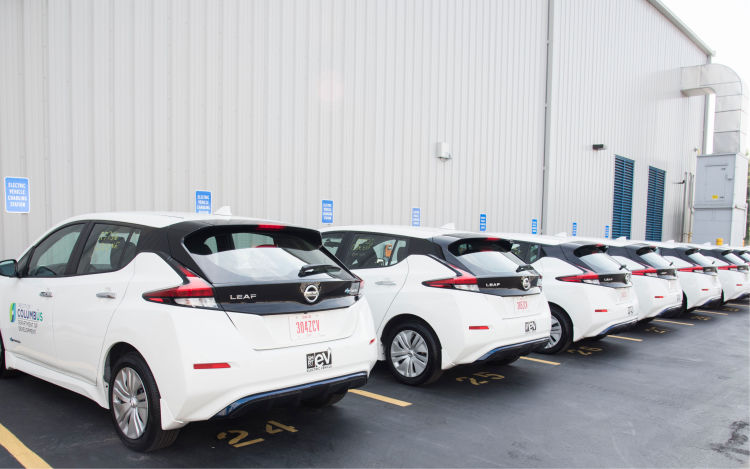
Everything will be electrified
From agriculture to transportation to construction, so many large sectors of the economy contribute to climate change that it’s fair to ask, where do we even start??
According to Taffe, the start of that answer is straightforward: electrify everything!
“For as thorny a problem as climate change is, one thing that makes me optimistic is that almost 75% of the emission problem comes from energy generation. If we can electrify everything and source that electricity from renewables, that takes care of nearly 75% of the problem,” said Taffe.
Take transportation, for example. In the United States, transportation surpassed power generation in 2018 to become the most polluting sector of the economy.5 The problem with internal combustion engines isn’t just that they burn fossil fuels, it’s also that they are way less efficient than electric motors at converting energy into motion.
If we can electrify everything and source that electricity from renewables, that takes care of nearly 75% of the problem.
“Even if the electricity powering your electric vehicle, for example, is generated from dirty sources like natural gas or coal, you would still cut emissions by 60% just by the fact you have an electric motor and not a traditional combustion engine,” said Taffe. “Of course, if you charge your battery with renewables that 60% goes up to 100%.”
The good news is that electric vehicles (EVs) accounted for almost 10% of new car sales globally in 2021.6 Derek May, director, transportation at Pollution Probe, a Canadian environmental NGO, says EV sales likely soared past this threshold in 2022.
“There’s no stopping EVs now. Almost every global automaker has announced aggressive EV production plans, and many have already set targets for completely phasing out the production of internal combustion vehicles,” said May.
With EVs on the verge of inheriting our roads, May says that attention is shifting to ensuring that materials used in the manufacture of EV batteries are sourced ethically and sustainably, with automakers seeking agreements with suppliers in jurisdictions that track and report on factors such as the carbon intensity, the environmental impact of mining, and the equitable treatment of workers.
Unsubsidized solar and wind are the cheapest forms of energy available.
“A decade ago, everyone was talking about, ‘You have to subsidize renewables to allow them to compete.’ Today we find the opposite to be true, and it’s the conventional energy industry that finds itself dependent on subsidies,” said Taffe.
Indeed, countries continue to lavish the fossil fuel industry with enormous subsidies, to the tune of $440 billion globally in 2021 alone,7 and relatively few have put a price on carbon.
“Not having a carbon price is the greatest subsidy of all time and one of the worst things for the environment. It means that oil and gas companies can continue to profit by emitting climate-change-causing carbon while not incurring a cost for doing so,” said Keith.
In contrast, in 2019, unsubsidized solar became the cheapest form of energy available in the world, and at about the same time, wind, which is more location-dependant, also crossed that threshold.8
“It’s great to see. The bottom line is the Electrify Everything movement has a ton of momentum. The market has grown mostly under its own steam and is positioned well to benefit from far-sighted legislation like the Inflation Reduction Act, which drives the modernized infrastructure needed for electrification and incentivizes decarbonization,” said Taffe.
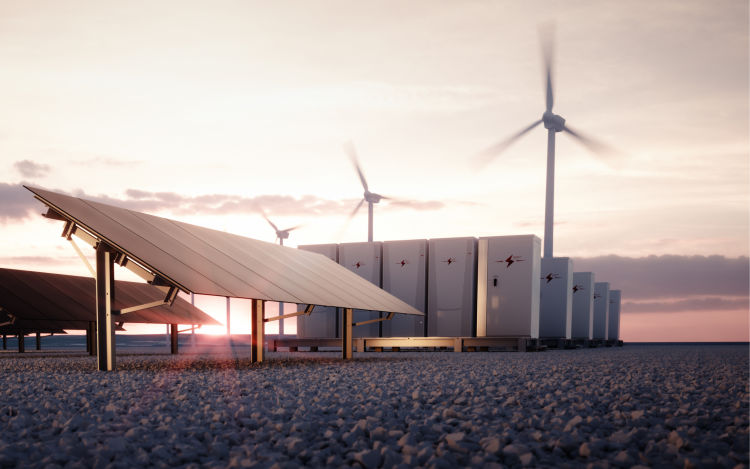
Building a smarter grid negawatt by negawatt
“Negawatt” is not a typo. Negawatt is a term being used these days by power utilities when talking about units of power saved through the deployment of “smart” grids.
"We're at the start of something pretty exciting,” said Taffe. “Thanks to the growth of energy storage, renewables, and connected smart devices, homes are no longer the simple consumers of energy they were in the past. More and more homes are becoming energy producers, and a more intelligent, dynamic grid will be necessary as we continue to fight climate change,” he says.
With the rapid spread of Wi-Fi-connected devices including EVs, lighting, major appliances, batteries, and, of course, smart thermostats, burning fossil fuels is no longer the only way to keep the grid humming.
In 2019, ecobee introduced the eco+ Community Energy Savings (CES) feature for ecobee thermostats. In exchange for an incentive, like a rebate on their utility bill or a gift card, CES participants agree to have their home temperature slightly adjusted for a few hours during times of high demand or stress on the power grid, like a heatwave. This happens for no more than a few hours a handful of times per year and helps relieve pressure on the gird.
CES is just one example of how the grid is becoming smarter and nimbler.
In times of peak demand, instead of switching on a gas-fired peaker plant, we can now stabilize the grid with negawatts (i.e., reduced power consumption) and by using the energy stored in batteries, some connected to massive solar farms, others tucked away in garages, and even those in EVs.
Instead of building more power plants, a growing number of utilities across North America are buying “negawatts.” Ohmconnect, a California-based start-up, sells negawatts. It can automatically reduce the electricity consumption of its 150,000 customers via Wi-Fi-connected devices, which helps make the grid more resilient and efficient.
Another negawatt provider, Leap, signed a 10-year contract with two California utilities in 2021 to provide 12.5 megawatts of reliable power.
“Instead of continuing to build more expensive power plants that will only be used a handful of days of the year and keep us going in the wrong direction climate-wise, innovative companies are working with utility providers to revolutionize the power grid,” said Taffe.
In addition to services like Ohmconnect, Leap, and eco+ CES that curtail energy consumption when the grid is stressed, a small but steadily growing number of batteries are helping to keep the lights on by storing and discharging their power, as determined by the changing needs of the grid.
Scalable battery storage systems like Generac’s PWRCELL allow homeowners to store excess energy generated by solar panels or from the grid for later use. A PWRCELL customer can store energy to be used when the grid goes down or at times of the day when energy is more expensive and produced through dirtier means.
By harnessing thousands or even millions of home batteries in an intelligent system, we can build a huge network that reacts intelligently to changes in supply and demand and saves energy in the process.

The need for political will
There were two major political wins for the environment in 2022 with the elections of Australia’s Prime Minister Anthony Albanese in May and Brazil’s President-elect Luiz Inacio Lula da Silva in October.
In recent years, there are few places where nature has been more threatened than in Brazil and Australia, home of the Amazon rainforest and Great Barrier Reef, respectively. While technology will need to play a major role in reducing carbon emissions and making us more sustainable, nature’s role cannot be overstated.
“We must protect natural assets like forests, wetlands, and coral reefs. It shouldn’t matter what your politics are, preserving a livable planet is in everyone’s interest,” said May.
Under nine years of Australia’s previous prime minister, Scott Morrison, Australia had become the world’s biggest coal exporter,9 and ranked 57th on climate change policy,10 despite it being one of the world’s most advanced economies. In a sharp break with the policies of their predecessors, in August, the new Labor Party government announced it plans to prevent the development of a major coal mine due to its potential impact on the nearby Great Barrier Reef.
It shouldn’t matter what your politics are, preserving a livable planet is in everyone’s interest.
Scientists say that the accelerating pace of fire, drought, and land clearing in Brazil under the far-right government of Jair Bolsonaro was pushing the Amazon rainforest to the verge of complete collapse.
The presidential election has had an equally transformative effect on Brazil and its future prospects. Incoming president Lula received a standing ovation at the UN COP27 climate summit in November when he said, “There is no climate security for the world without a protected Amazon. We will spare no efforts to have zero deforestation,” before adding, “Brazil is back!”
In conclusion
In nature, when a gathering of forces disrupts an ecosystem, change, when it comes, can be sudden and drastic, quickly reshaping the system into something new.
There are encouraging signs that the gathering forces of decarbonization are gaining steam and that a new low-carbon world system is coming.
As the International Energy Agency said in its World Energy Outlook, 2022: "The environmental case for clean energy needed no reinforcement, but the economic arguments in favour of cost-competitive and affordable clean technologies are now stronger—and so too is the energy security case. This alignment of economic, climate and security priorities [favoring renewables] has already started to move the dial towards a better outcome for the world's people and for the planet."11
It takes a lot of effort to build a movement. Still, once it builds enough momentum, it can sustain and grow with relatively little effort. And that’s where we find ourselves: like a wildfire-ravaged forest on the verge of breaking through with new life, in 2023, the renewable revolution seems poised to enter a new chapter of rapid growth.
1 International Energy Agency, “Renewable power’s growth is being turbocharged as countries seek to strengthen energy security”
2 The New York Times, “Climate Pledges Are Falling Short, and a Chaotic Future Looks More Like Reality”
3 The White House, “By The Numbers: The Inflation Reduction Act”
4 The White House, “Clean Energy For All: President Biden’s Inflation Reduction Act is the Most Aggressive Climate Action in U.S. History”
5 The Guardian, “Vehicles are now America's biggest CO2 source but EPA is tearing up regulations”
6 International Energy Agency, “Global EV Outlook 2022”
7 International Energy Agency, “Energy subsidies: Tracking the impact of subsidies”
8 Forbes, “Renewable Energy is Now the Cheapest Option”
9 International Energy Agency, “Coal Information: Overview — Exports”
10 The Guardian, “Australia ranked worst of 57 countries on climate change policy”
11 International Energy Agency, “World Energy Outlook, 2022”
Did you enjoy this article?
Thanks for letting us know!


